Site specific installation, sculptures, performance
Commissioned by Centro Cultural São Paulo
Curated by Marcio Harum
Casa Modernista, Gregori Warchavchik House, São Paulo, Brazil
Sep 14 - Nov 17, 2013
Hours performed: 4
Video by Junae Lorenzzo
Images by Guta Galli
Fyodor Pavlov-Andreevich got impressed, if not scared, with endless elements of torture, violence and suffer that have never become a part of a biography of Gregori Warchavchik. This Jewish architect, born in Odessa in 1896, could have found his death from Russian Empire's infamous pogroms in the early 20th century (or those in the early Soviet years, just a decade later), or from devastating famine happened in Ukraine in 1920-30s, or from Stalin's terror that have started in 1930s and only stopped with his death in 1953, or from various creative tools invented by nazis in the 1930-40s .
About 13 million Jews died in Europe at this time. But Warchavchik didn't experience any of that. As a very young man, he left Odessa, completed his studies in Rome and then arrived in São Paulo safely - to create Brazil's first modernist house - and to stay there until the end of his days.
Believing that artists working in architecture share their imaginative space with those working in the field of performance, Fyodor Pavlov-Andreevich identified Warchavchik as yet another Russian enchanted by Brazil. More than that, he took Warchavchik's living space for granted and decided to make it his Brazilian residence, at least within the framework of the exhibition. This palimpsest gave birth to Fyodor Pavlov-Andreevichh-Warchavchik, a macabric yet ironical character that smiles out of various violent situations that Fyodor's fantasy created for the architect who has never fell a victim of dramatic 20th century's history.
Laughterlife by Fyodor Pavlov-Andreevich-Warchavchik happened to be spread around Casa Modernista with its violent scenes where Fyodor is bringing Warchavchik to life allowing him to die laughing, getting over and over again through the lethal options that the architect has never survived.
Bernardo Mosqueira, curator
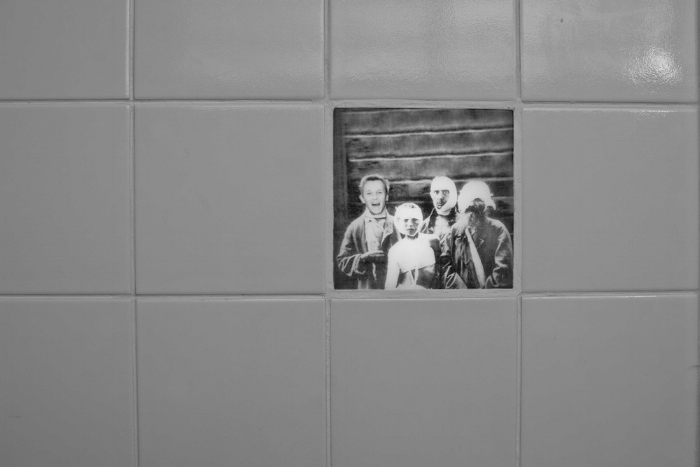
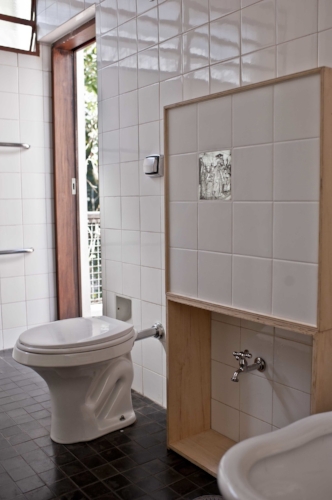
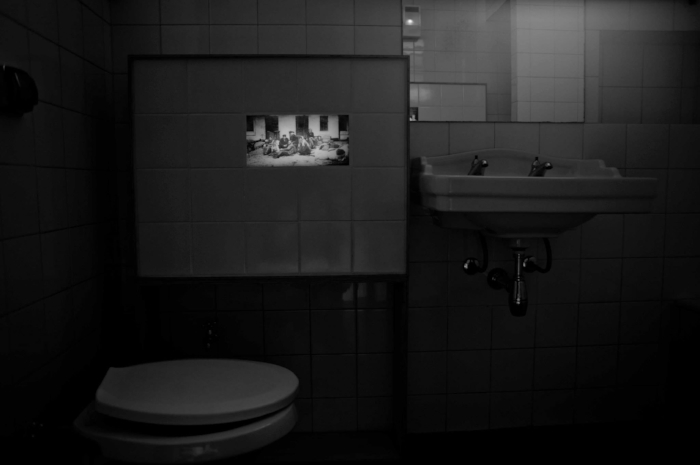
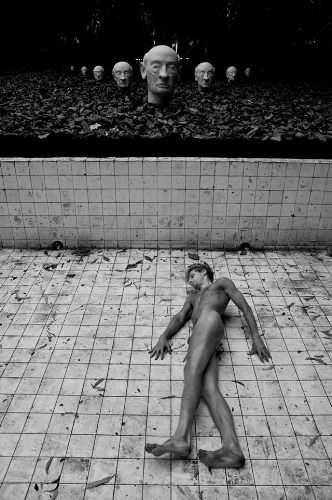
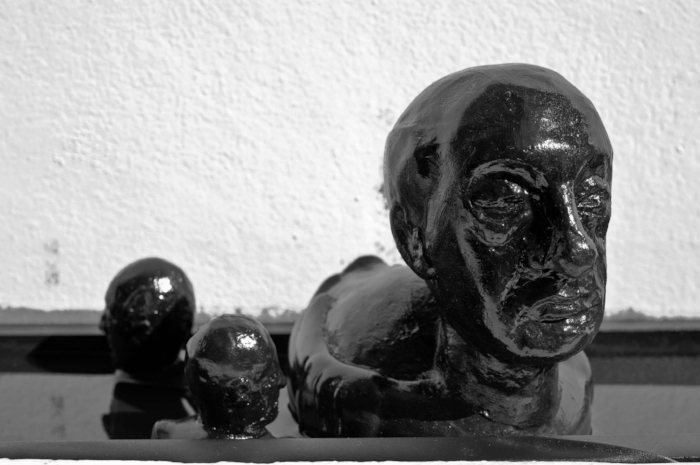
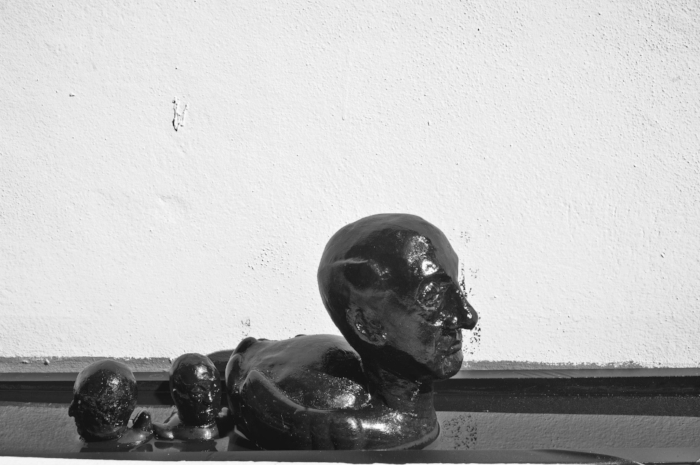


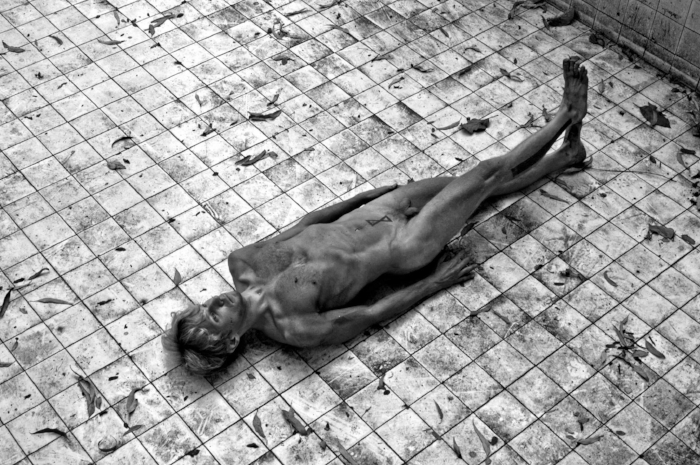
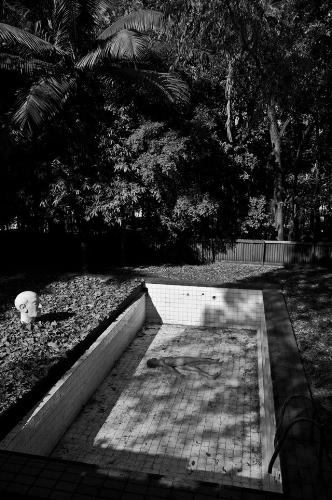
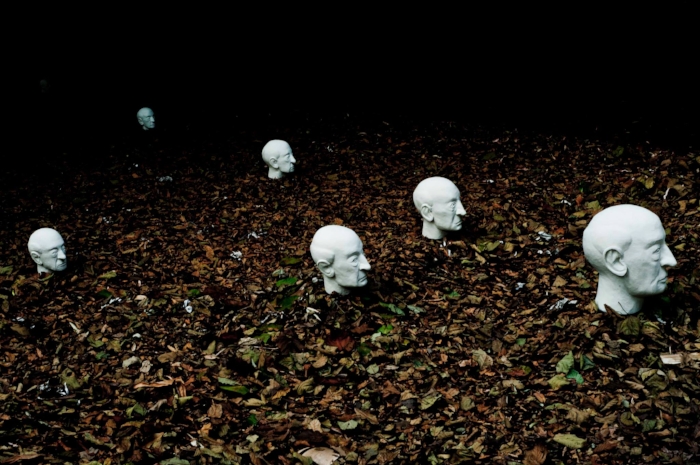
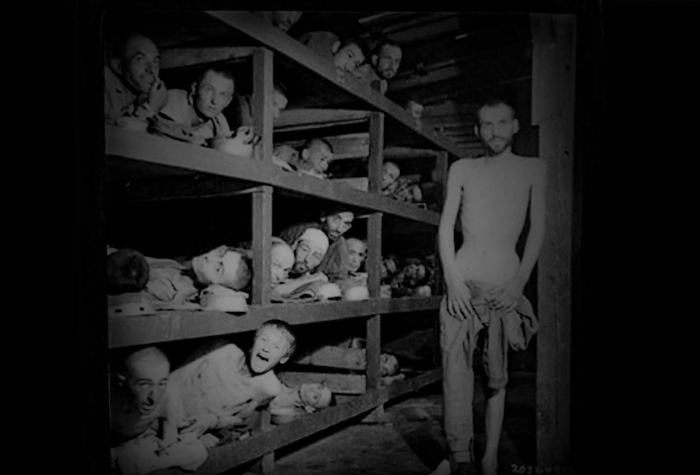


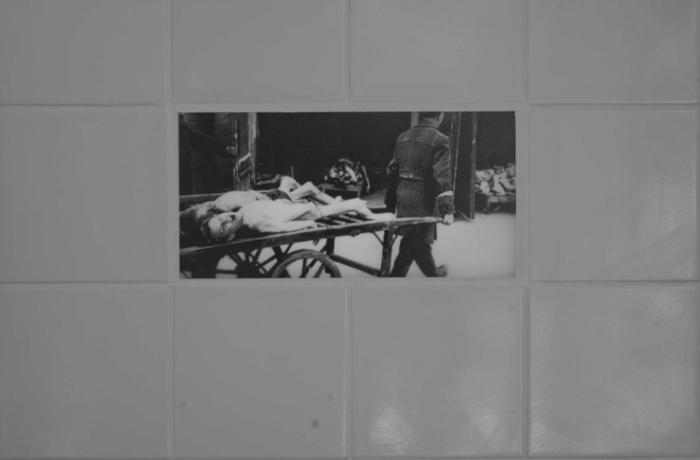
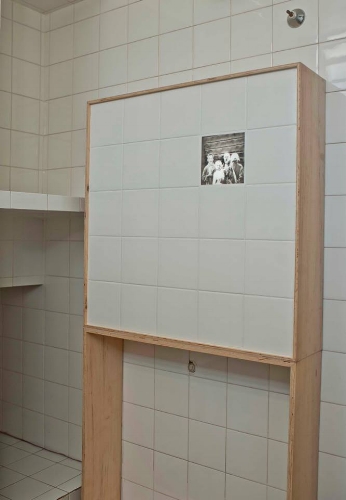
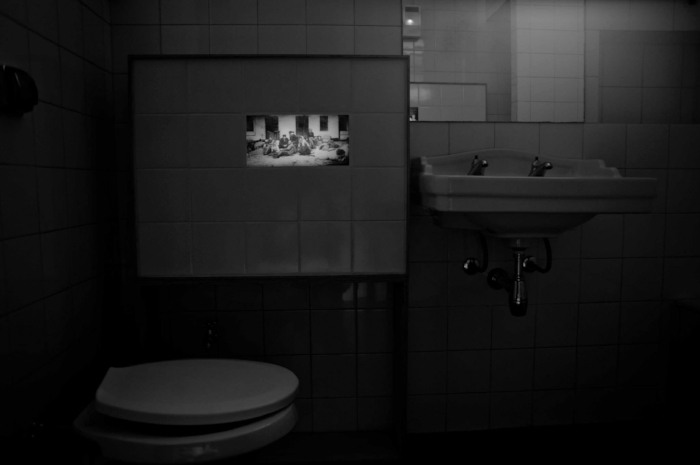
photos by Guta Galli
* * *
video by Junae Lorenzzo
